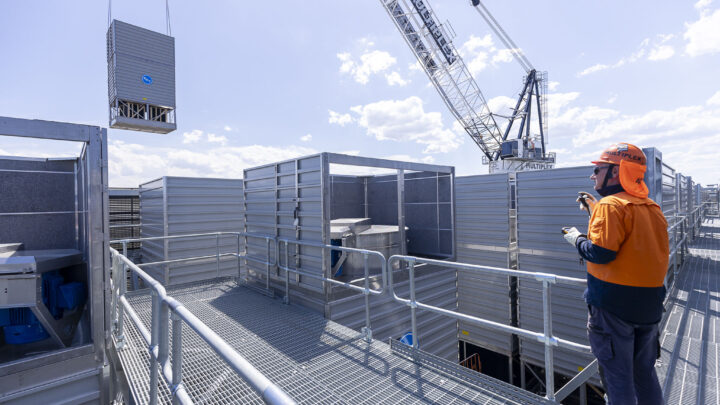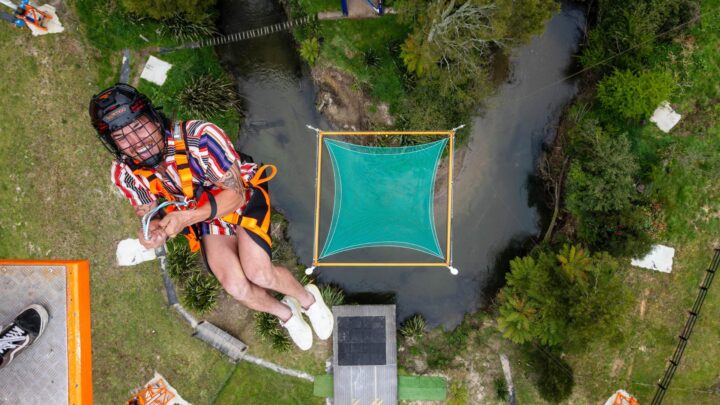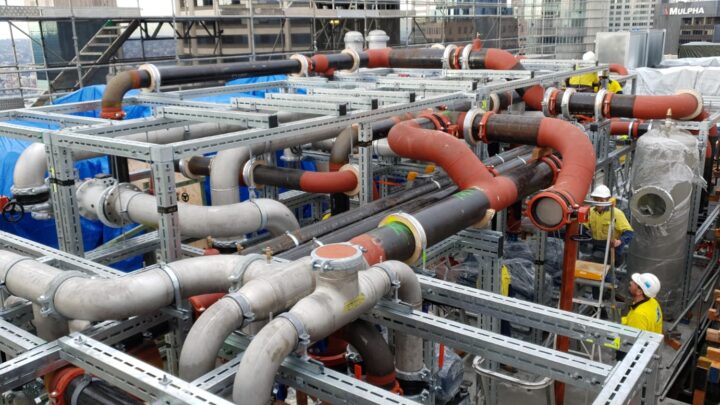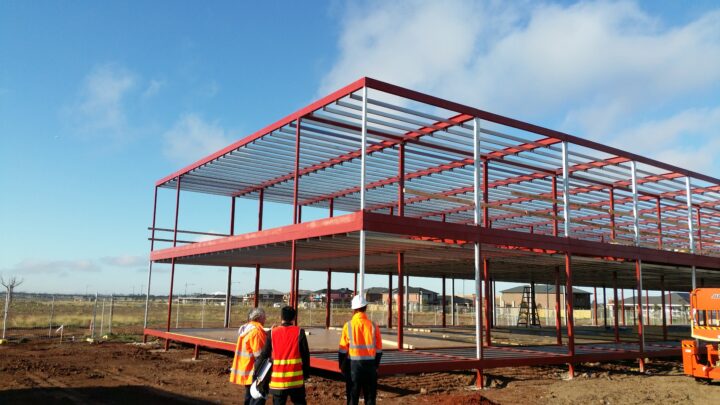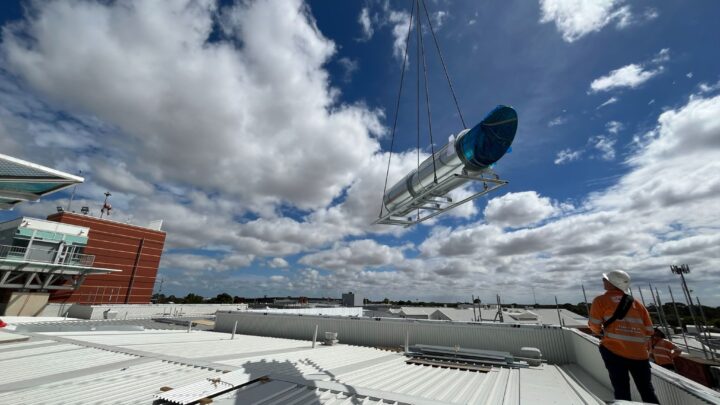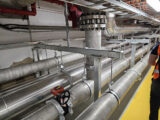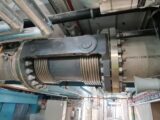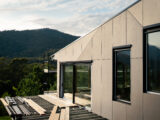Prefab Power: Engineering IL4 Cooling Towers for Critical Infrastructure
At NEXTDC S3 Sydney, KUSCH engineered the structural design of 54 prefabricated cooling towers—each nearly 9 metres tall and IL4-rated for seismic and wind loads. Delivered in modular components and lifted into place with Roborigger technology, the system accelerated installation by design. With 26 towers now operational, this project showcases how prefabrication and precise engineering keep critical infrastructure cool, efficient, and on schedule.
